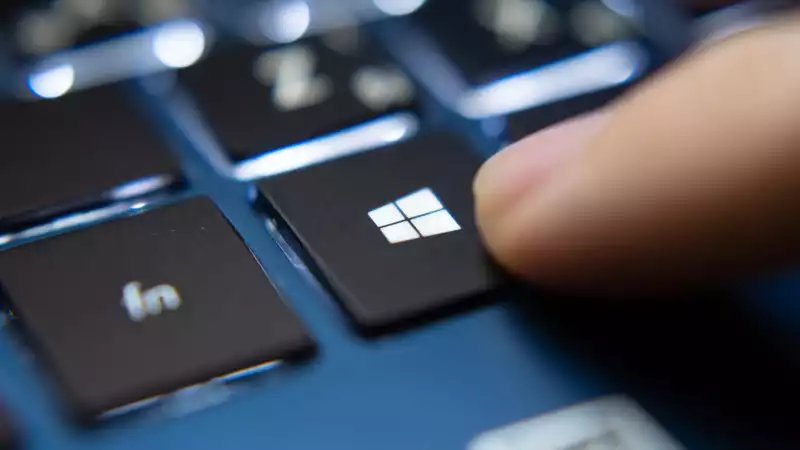When Microsoft announced that Windows 10 would be the final version of its operating system, it was clear that the company was taking a different approach to its best-known product. Instead of expensive updates when new versions ship, the OS will be upgraded continuously and steadily over time. In many ways, it mimics Apple's approach to macOS.
At this year's Build conference, Microsoft's developer event, CEO Satya Nadella made statements that confirm the rumors and leaks we have seen over the past few months. CEO Nadella's keynote address included a few words about what's next for Windows and how it will turn things around.
As reported by Windows Central, Nadella said, "Soon, I will share one of the most important Windows updates of the past decade to unlock greater economic opportunities for developers and creators. I have been self-hosting this update for the past few months and am very excited about the next generation of Windows. My promise to you is this: we will create more opportunities for all Windows developers today and welcome all creators looking for the most innovative, new, open platform to build, distribute and monetize their applications. We look forward to sharing more with you soon."
Nadella is clearly talking here about a change in how Microsoft handles its app ecosystem: since Windows 10 launched, the company has been trying to get people to use the Microsoft Store that ships with the OS. But the problem is its stagnation. It would not be an exaggeration to say that this is one of the three worst things about Windows 10 (the other two being the mess of stale UI elements and the terrible search).
When new versions of Windows are launched, Microsoft aims to get far more developers to use the Microsoft Store and seems content to make concessions to that end. Currently, apps from the store can only be built on the "modern" Universal Windows Platform (UWP), which is used by Microsoft products such as Xbox, HoloLens, and various IoT devices. However, the plan is to allow developers to distribute any app on the platform, including the more common Win32 applications.
Starting in August, Microsoft will reduce its fees on store purchases to 12%. Companies will also be able to use their own system instead of Microsoft's purchasing system. This will allow companies like Adobe to sell subscriptions through their own websites instead of passing on a portion of their profits to Microsoft.
Such a change should allow the Microsoft Store to survive to some extent. But it is reasonable to suggest that a major overhaul is needed in general if it is to become a place where people seek out apps. And that would give users the assurance that the apps will not be infected with viruses.
There are also a number of visual updates planned, and Windows 10 has some exciting things in store. We are eagerly awaiting the removal of some of the legacy interfaces from the OS, but it is unclear if that will be done in this update or perhaps precede this one.










Comments